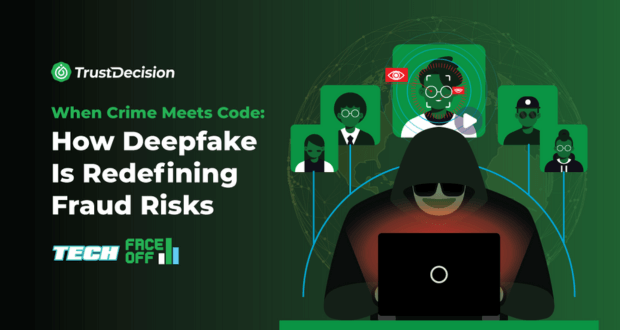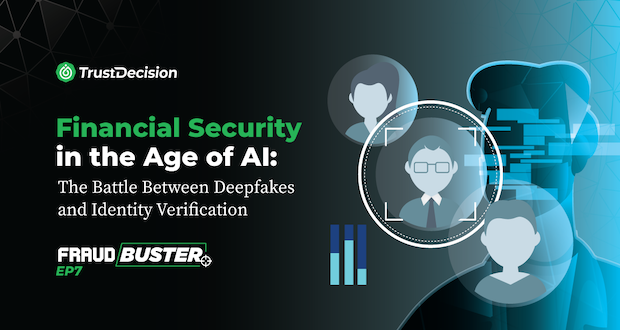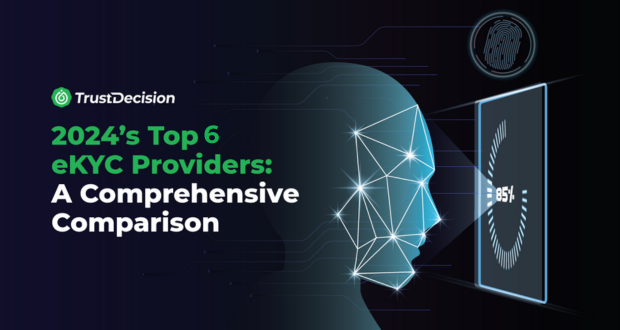Brief Overview of Identity Theft Issues in Business
Identity theft occurs when someone wrongfully obtains and uses another person’s personal information, such as Social Security numbers, credit card details, or login credentials. For businesses, this can lead to financial losses, damaged reputation, and legal consequences.
To effectively combat identity theft, business leaders must understand the tactics employed by fraudsters. By recognizing vulnerabilities, organizations can implement robust security measures and safeguard sensitive data.
Understanding How Fraudsters Steal Information
Common Methods Used to Steal Information
There are several common methods employed by cybercriminals to steal sensitive and confidential information. One of the most prevalent methods is known as phishing attacks. In this method, fraudsters send deceptive emails or messages designed to trick employees into revealing confidential information. These emails often appear to be perfectly legitimate, coaxing the recipients to either click on malicious links or provide sensitive data directly.
Another widely used method is the deployment of malware and ransomware. In this scenario, malicious software is infiltrated into the system, thereby providing the cybercriminals direct access to all sensitive data. In some cases, they may even encrypt files or demand ransom payments in exchange for the data. To prevent such attacks, regular security updates and continuous training of employees are absolutely essential.
Moreover, social engineering is another tactic wherein fraudsters psychologically manipulate individuals as part of their scheme. They may impersonate colleagues, vendors, or even clients to gain the trust of the individuals and consequently access to confidential information. It's important to be wary of such fraudulent attempts and verify identities before sharing sensitive data.
The Risky Implications of Credit Card Fraud
Credit card fraud remains a prevalent threat. Fraudsters steal card details through various means, including skimming devices, data breaches, or intercepting online transactions. Businesses must implement secure payment gateways, monitor transactions, and educate customers about safe practices.
The Exploitation of Social Security Numbers
Social Security numbers, despite their importance, are often exploited by cybercriminals. One common method of exploitation is through account takeovers. In this situation, fraudsters use these stolen numbers to gain unauthorized access to personal or business accounts. In order to mitigate such risks, businesses should implement a robust system of multi-factor authentication and should also engage in consistent and careful monitoring of account activity.
Another increasingly prevalent method of exploitation involves synthetic identity theft. In this elaborate scam, criminals ingeniously create fictitious identities by skillfully combining real and fake information. Upon creating these identities, they proceed to apply for credit or open new accounts. This essentially leaves businesses at the receiving end of significant financial losses. Therefore, it is critical for businesses to have stringent verification processes in place to detect and prevent such fraudulent activities.
Recognizing the Signs of Identity Theft in Your Business
Telltale Signs to Look Out For
Recognizing the telltale signs of identity theft early on can significantly mitigate its impact on your business. One of the primary red flags to be vigilant about involves unusual account activity. Businesses must monitor their financial accounts regularly. Any unexpected transactions, withdrawals, or unusual changes in payment patterns could very well be an indicator of identity theft.
Employee behavior is another key area to focus on. If an employee suddenly starts exhibiting secretive behavior, attempts to avoid colleagues, or begins to access sensitive information without a valid or apparent reason, it may warrant further investigation.
Moreover, any missing files or altered records should be an immediate cause for concern. Similarly, unauthorized changes within databases are a clear indication of potentially fraudulent activity. Such anomalies usually signal an ongoing identity theft operation. Preemptive action can often nip such damaging situations in the bud. Thus, regular checks and alertness about these signs are crucial in protecting your business from identity theft.
Steps to Take When Identity Theft Occurs
Upon identifying signs of identity theft, businesses should act swiftly to minimize damage. Firstly, they should conduct a thorough internal investigation to understand the extent of the breach and identify the information that has been compromised. Businesses should also notify affected individuals and recommend steps they can take to protect themselves. Further, businesses should strengthen their security measures to prevent future incidents, this may involve updating security software, enhancing password protocols, or implementing additional identity verification measures.
Guidance on Reporting Identity Theft
Properly reporting identity theft is crucial in aiding the efforts to track down the perpetrators and preventing further fraudulent activities. Businesses should immediately report the incident to their local law enforcement agency and file a complaint with the Federal Trade Commission (FTC) online or by phone. Additionally, businesses should inform their financial institution and the relevant credit bureaus so they can take necessary protective action, such as monitoring for fraudulent activity or placing a fraud alert on the business's credit file.
Proactive Measures for Identity Fraud Protection
To safeguard your business against identity fraud, consider the following proactive measures:
A. Implementing Robust Data Security Measures
One of the most effective methods to protect against identity fraud is to ensure robust data security protocols are in place. This includes end-to-end encryption of sensitive data, secure storage solutions, strong and regularly updated passwords, and multi-factor authentication for accessing sensitive information. Regular software updates are also crucial as they often include patches to fix security vulnerabilities that fraudsters might exploit.
B. Regular Monitoring and Audits
One of the crucial aspects of such vigilance is log monitoring. Businesses must make it a practice to regularly review system logs. Any unusual or suspicious patterns could potentially indicate a security breach, and thus, must be addressed immediately.
In addition to log monitoring, conducting periodic penetration tests is another effective strategy. These tests help identify any vulnerabilities in your system, which can then be addressed promptly to prevent any exploitation by fraudsters.
Lastly, assessing third-party risk is equally vital to ensure comprehensive protection against identity fraud. This involves evaluating the security practices of vendors and partners who have access to your data. It's crucial to ensure they adhere to your security standards to maintain the integrity of your data and protect it from potential breaches. By implementing these proactive measures, businesses can significantly fortify their defenses against identity fraud.
C. Employee Training on Fraud Prevention
- Security Awareness Programs: Educate employees about phishing, social engineering, and safe online practices. Regular training sessions can help prevent accidental data leaks.
- Incident Response Training: Train employees on how to respond to security incidents. Prompt reporting is crucial to mitigate damage.
D. Business Insurance Coverage
Despite preventative measures, no system is completely immune to identity theft. Having a comprehensive business insurance policy that covers losses incurred from data breaches or fraud can provide a financial safety net. These policies may cover costs such as business interruption, public relations efforts to restore reputation, legal fees, and fines or penalties from regulatory bodies. Business leaders should work closely with insurance professionals to understand the coverage options and select a policy that best fits their risk profile.
TrustDecision’s Identity Verification Solution
TrustDecision’s Identity Verification Solution offers robust protection against identity fraud. Let’s explore its key features:
Device Fingerprint
TrustDecision's Identity Verification Solution offers an advanced level of security against identity fraud through a mixture of innovative features. One such feature is the Device Fingerprint, which assigns a unique identifier to each device used by the customer. This mechanism makes it possible to prevent fraud by recognizing and flagging suspicious devices. What's more, it also enables continuous monitoring and adaptive triggers to maintain security.
Smart Multi-Factor Authentication (MFA)
The solution also includes Smart Multi-Factor Authentication (MFA), which is a significant upgrade from the traditional MFA. It does more than just verify user details; it also analyzes user behavior and context. If any anomalies are detected during this process, the system triggers additional authentication steps to ensure security.
OCR and Face Recognition Precision
Another key attribute of TrustDecision's Identity Verification Solution is its precision. By creating a balance between maintaining high security and providing a user-friendly experience, the system minimizes the chances of false positives. This means legitimate users won't be blocked unnecessarily. The precision of the system is guaranteed through the implementation of advanced algorithms and machine learning.
Safe eKYC
Finally, the Safe eKYC (Know Your Customer) feature streamlines the onboarding process, making it more efficient. It also ensures compliance with global KYC/AML requirements. Additionally, it’s capable of validating user identities using reliable data sources, further strengthening its protection against identity fraud.
Conclusion
In summary, proactive identity fraud protection is critical for businesses. Here’s what you need to remember:
- Stay Vigilant: Be alert to signs of identity theft, such as unusual account activity or altered records.
- Swift Action: If identity theft occurs, isolate the issue, notify relevant parties, and investigate thoroughly.
Advanced Technologies: Consider solutions like TrustDecision's Identity Verification Solution, which provides robust protection against identity fraud through its unique device identifiers, smart MFA that analyzes user behavior and context to trigger additional authentication steps when necessary, precision in balancing security and user experience, and Safe eKYC featuring an efficient onboarding process while complying with global KYC/AML requirements.









.jpeg)




